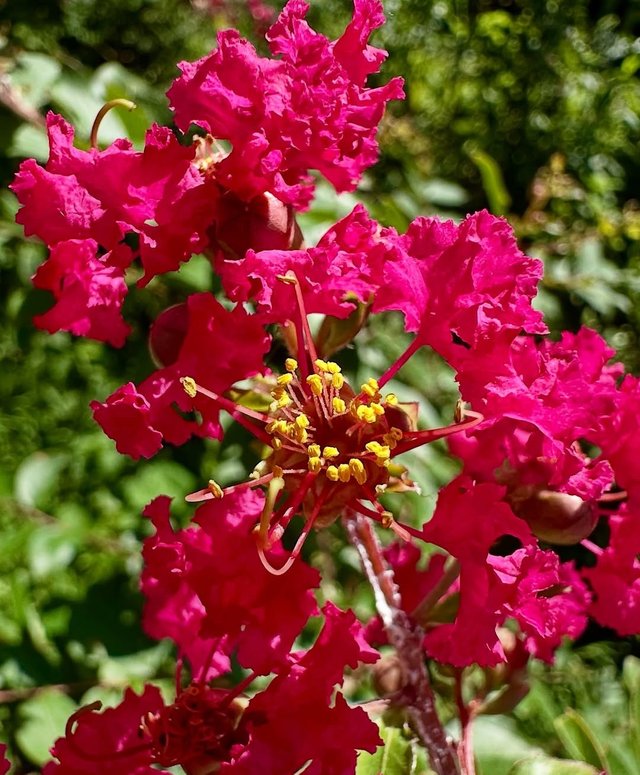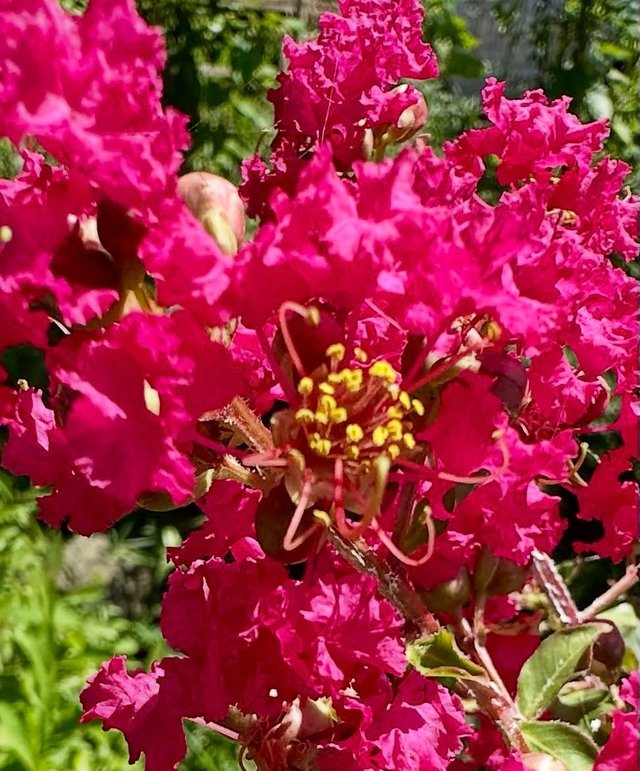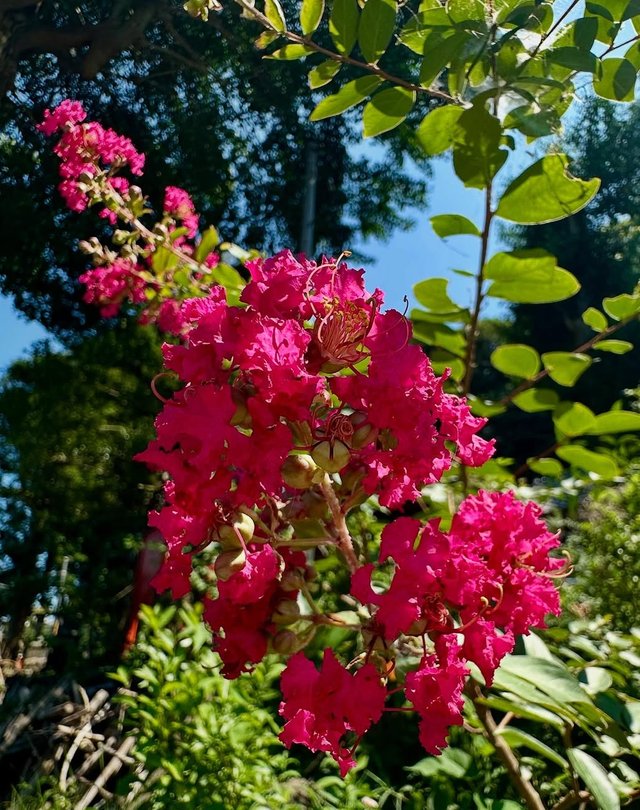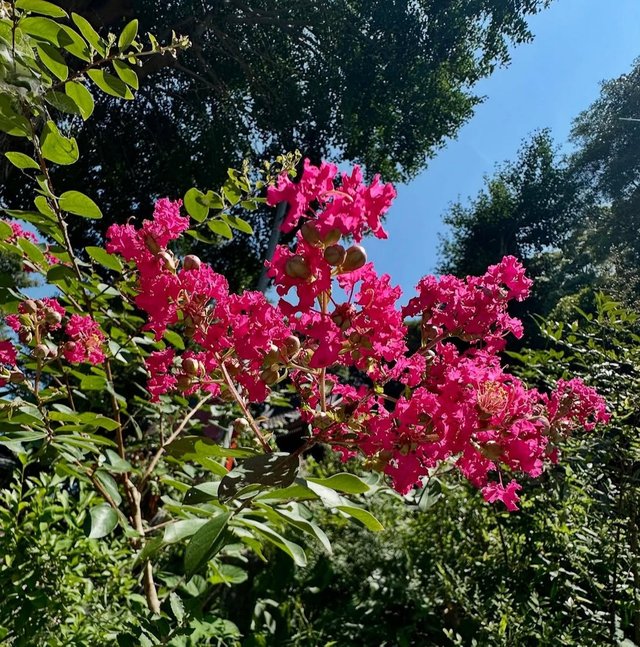Crepe-Myrtle So Beautiful Flower
The Crepe-myrtle is a remarkable and beloved ornamental plant celebrated for its stunning blooms, elegant bark, and long flowering season. Known for gracing streets, parks, and home gardens with vibrant bursts of color, crepe-myrtles are a staple of warm climate landscapes across the world, particularly in the southern United States, Asia, and Australia. These trees and shrubs captivate the eye from summer through early autumn and offer beauty in every season, including winter when their sculptural branches and smooth bark come into focus.
Botanical Overview
Crepe-myrtle is a member of the Lythraceae family and encompasses over 50 species, although only a few are widely cultivated. The most popular species in horticulture are:
Lagerstroemia indica – The most common, known for its colorful and long-lasting flowers.
Lagerstroemia fauriei – Valued for its resistance to disease and striking bark.
Lagerstroemia speciosa – Known as Queen’s crepe-myrtle or Giant crepe-myrtle, native to Southeast Asia.
The name “crepe-myrtle” refers to the crinkled texture of the flowers, which resemble crepe paper. The “myrtle” part of the name comes from a resemblance in leaf shape to the true myrtles, although they are not directly related.
Flowers and Blooming Season
Crepe-myrtles are especially admired for their long-lasting flower clusters, which appear in late spring or early summer and often continue blooming into early fall. The flowers grow in panicles and come in a range of vibrant colors including:
Pink
Red
White
Lavender
Purple
Each individual bloom is delicate and ruffled, almost like a silk or tissue paper blossom. The flowering is not only beautiful but also prolific, often covering the plant in vibrant color.
Leaves, Bark, and Seasonal Interest
Beyond their stunning flowers, crepe-myrtles offer additional aesthetic features throughout the year:
Leaves: Typically oval and glossy green, the leaves turn brilliant shades of yellow, orange, or red in the fall, offering a second season of interest.
| Device | cannon eos 700D |
|---|---|
| Lens | 55-250 zoom leans |
| Location | Bangladesh |




